Transporting a casket is not only a sensitive matter but also one that requires careful consideration of logistics, legalities, and the appropriate equipment. While most transportation methods employ trailers, there are scenarios in which transporting a casket directly on a semi-truck, without a conventional trailer, may be necessary. Understanding this process is crucial for funeral homes, transport services, and families seeking options that respect both the deceased and the legal requirements surrounding such transportation.
Understanding the Importance of Compliance and Respect
Before embarking on the logistics of transporting a casket on a semi without a trailer, we need to underscore the vital importance of compliance with local regulations and laws governing the transportation of human remains. Various jurisdictions have specific rules regarding the transport of caskets, including requirements for documentation, the condition of the casket, and even the vehicle used for transport. It is imperative to familiarize oneself with these laws to ensure that the transport is conducted respectfully.
Legal Considerations
- Local and State Regulations: Each state has a set of laws regarding the transport of deceased individuals. To prevent legal issues, ensure compliance with these regulations.
- Death Certificates and Permits: Necessary documentation such as the death certificate and transportation permits must be secured prior to transport.
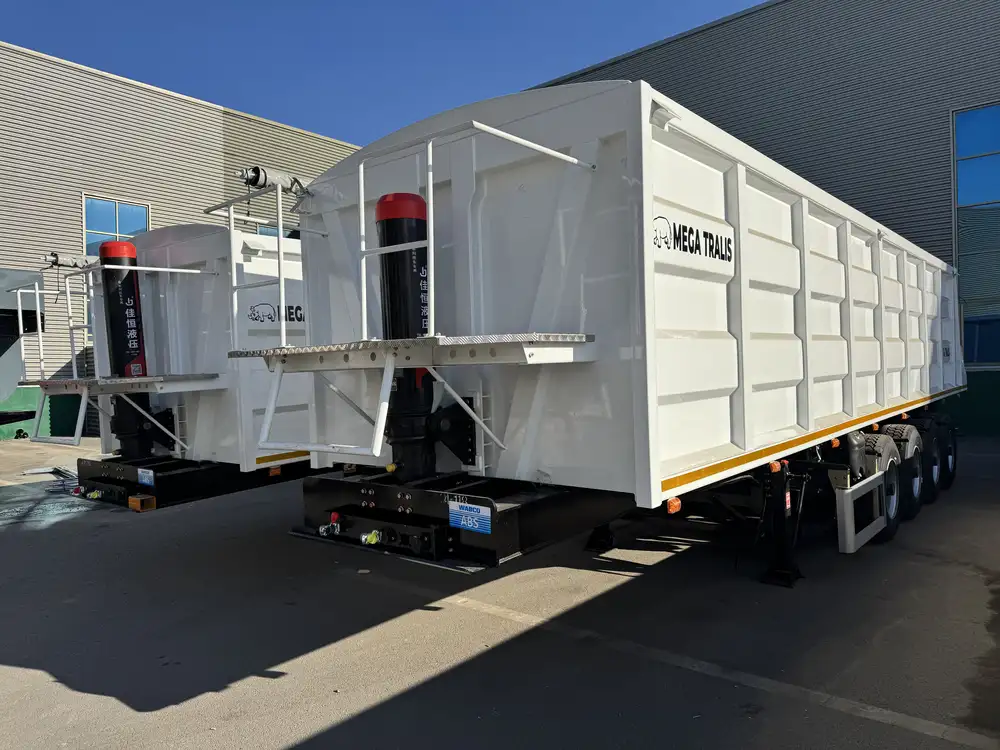
Equipment and Preparation Needed for Transport
While transporting a casket on a semi without a trailer may seem unconventional, it is essential to create a safe and respectful environment for the deceased. Here is a breakdown of the equipment and preparations critical for this process:
Essential Equipment
| Equipment | Purpose |
|---|---|
| Semi-Truck with Flatbed | Offers a flat, sturdy platform for securing the casket without a trailer. |
| Casket Securing Straps | Heavy-duty, adjustable straps to secure the casket firmly. |
| Casket Cover | A protective covering to shield the casket from the elements and provide dignity during transport. |
| Protective Padding | To prevent damage during transport and minimize vibrations. |
| Loading Gear | Equipment such as a ramp or lift-gate for safely loading the casket onto the semi. |
Preparing the Casket
- Selecting the Right Casket: Choose a sturdy, well-constructed casket designed for transport. Consider factors like weight, material, and whether it adheres to regulations.
- Final Inspection: Conduct a thorough inspection of the casket to ensure it is in proper condition for transportation. This includes checking seals, hinges, and the overall integrity.
- Preparing Documentation: Ensure all paperwork, including permits and certificates, are properly organized and accompanied by the casket during transport.
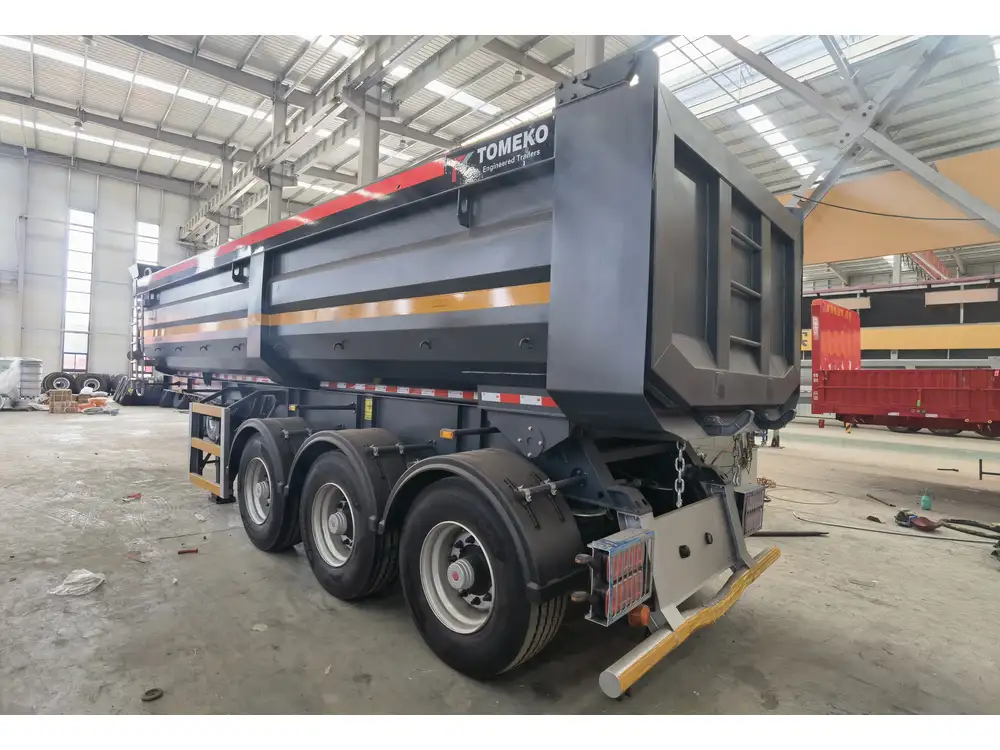
Step-by-Step Guide to Transport the Casket
1. Loading the Casket
- Use a Ramp or Lift-Gate: Employ a loading ramp or lift-gate to facilitate the smooth movement of the casket onto the semi. Ensure that these tools are rated for heavy loads to avoid any accidents.
- Secure the Casket: After loading, center the casket on the flatbed. Use casket securing straps to firmly hold the casket in place, looping around the body of the casket in multiple directions to ensure stability.
2. Weather and Environmental Considerations
Transportation may occur under varying weather conditions which necessitate added precautions:
- Cover the Casket: Use a waterproof cover to shield it from rain or snow. Even on warm days, direct sunlight can cause warping or discoloration, especially with wooden caskets.
- Secure Ventilation: Ensure airflow around the casket to prevent condensation from building up and potentially damaging it.
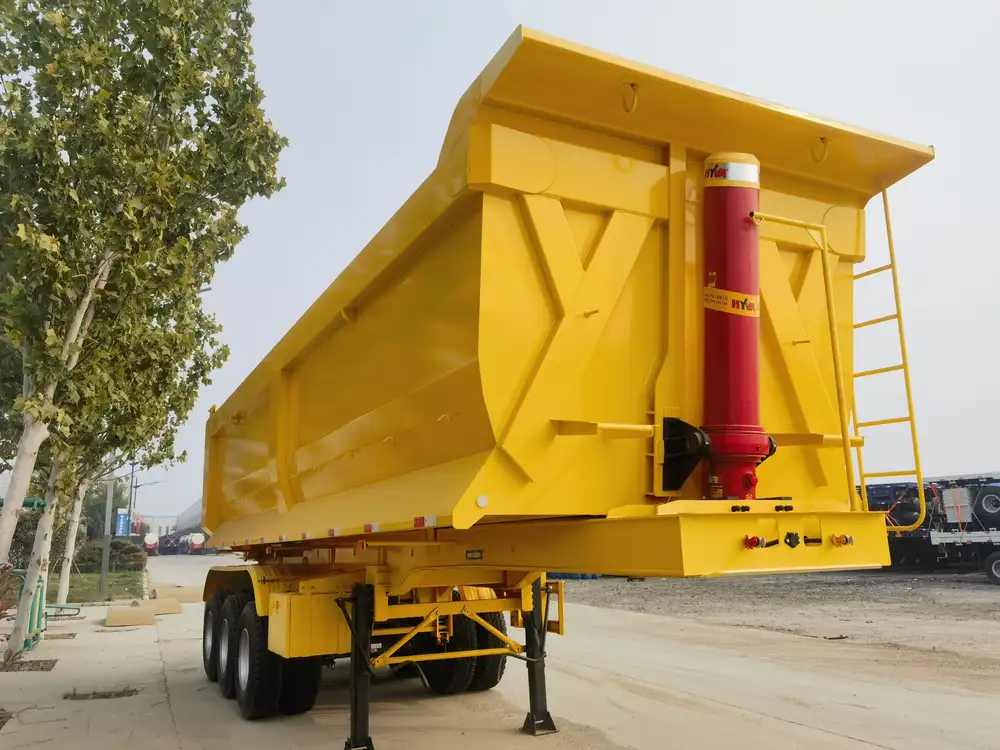
3. Driving with the Casket
- Safe Driving Practices: Drive cautiously, avoiding sudden stops and rapid accelerations. Soft braking techniques help to prevent the casket from shifting, maintaining a dignified rest for the deceased.
- Route Planning: Choose a direct route and take into account any potential road hazards. This planning mitigates the risk of delays and promotes a respectful journey.
4. Unloading at Destination
Upon reaching the destination, the unloading process requires the same care as loading:
- Use Equipment to Lower: Employ a ramp or lift-gate to gently lower the casket at ground level.
- Safely Secure Again: Place securing straps aside and handle the casket with care to prevent jostling.
Addressing Concerns and Challenges
Transporting a casket without a trailer inevitably raises various concerns. Understanding and proactively addressing these can mitigate emotional and logistical issues.

Emotional Sensitivity
- Handling with Care: It’s crucial to maintain a respectful demeanor throughout the process. Coordinate with family members, ensuring they are updated and comfortable with the transport method chosen.
- Provide a Comforting Environment: Surrounding individuals can enhance their comfort by showing empathy and understanding towards the emotional weight of the task.
Logistical Challenges
- Mechanical Issues: Ensure that all equipment, especially the truck and loading tools, are in peak condition to prevent breakdowns. A pre-transport checklist might include:
- Fluid levels check
- Tire inspections
- Weight load evaluation
Communication with Clients
Transparency with the client regarding the method of transport can alleviate concerns. Providing detailed explanations about the process reassures families and stakeholders.
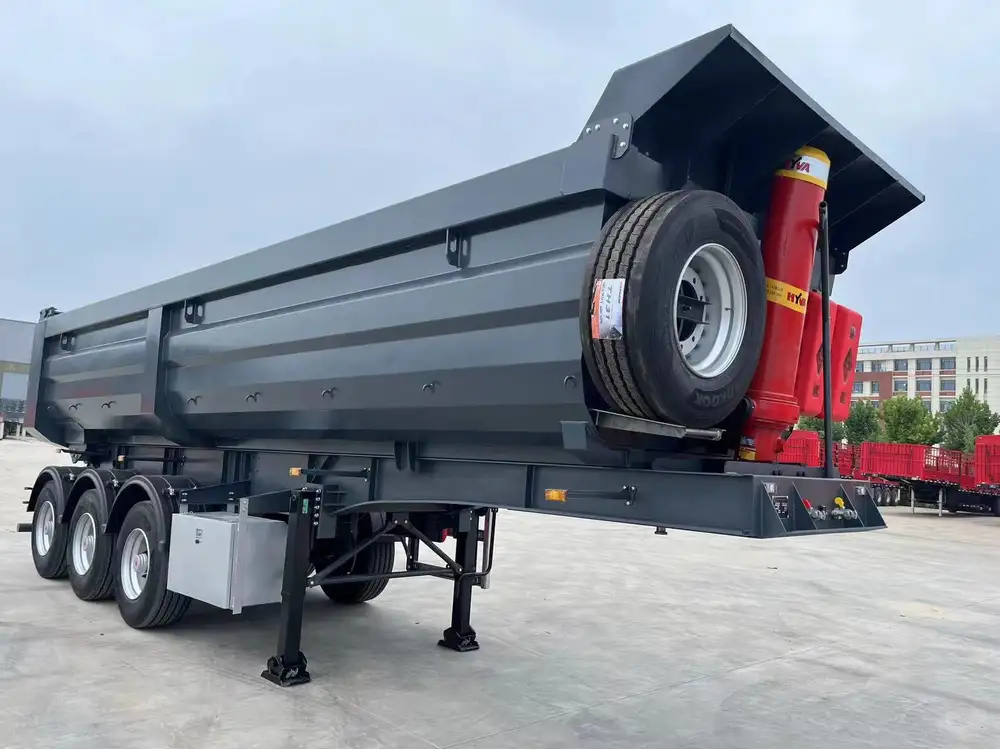
Special Considerations for Long-Distance Transport
Long-distance transport of a casket on a semi requires additional measures to ensure both compliance and respect. Here are several tips for efficient long-haul transport:
Route Management
- Rest Stops: Plan for necessary breaks that allow for inspection of the casket’s condition and securing straps. Schedule the stops considering the total distance.
- Backup Routes: Having alternative routes can prove valuable if sudden roadblocks occur, ensuring you remain adaptable and reduce delays.
Sleep Management for Drivers
Should the transport involve overnight travel, it is essential to manage driver rest. Fatigue can lead to impaired judgement, which is detrimental when carrying such a significant responsibility. Ensure that drivers have adequate time for rest.
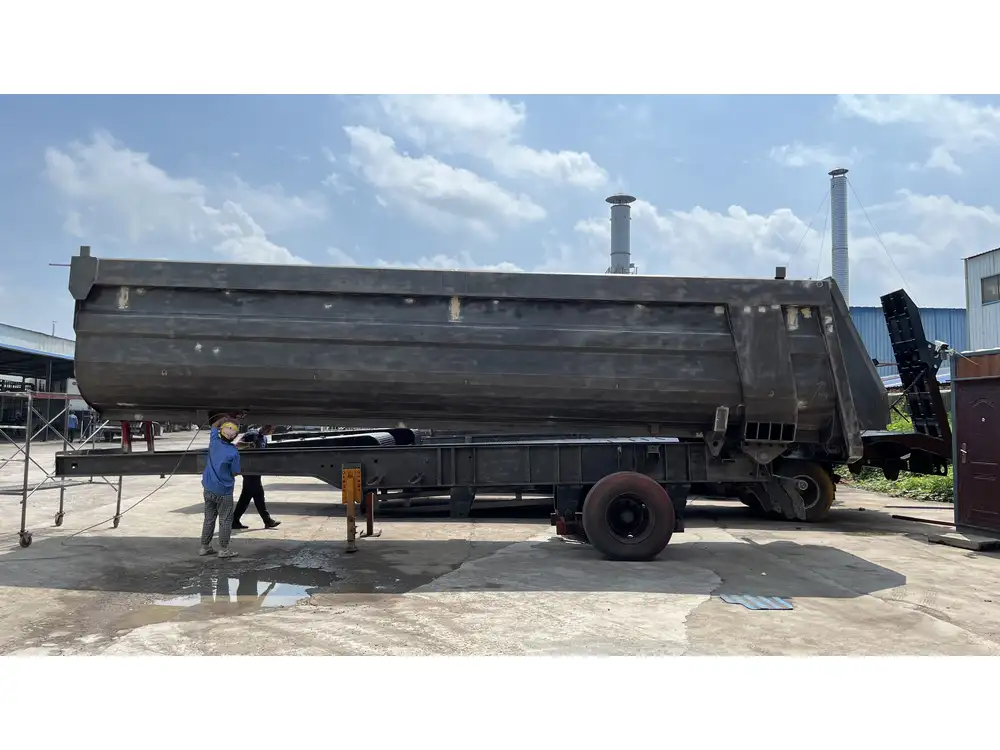
Conclusion: The Dignity of Process
Transporting a casket on a semi without a trailer may seem unconventional, yet when executed with attention to detail, compliance, and utmost respect, it can be a dignified option. By ensuring legal compliance, preparing adequately, and remaining sensitive to the needs of both the deceased and their family, this method of transport can honor the spirit of the loved one while providing a smooth logistical process.
Through a combination of rigorous planning, appropriate equipment, and compassionate handling, we can navigate the complexities of this responsibility with grace, ensuring we uphold the dignity of those we honor in transportation.
This comprehensive guide should serve as a foundation, enabling efficient practices that guide you through this profound responsibility.



